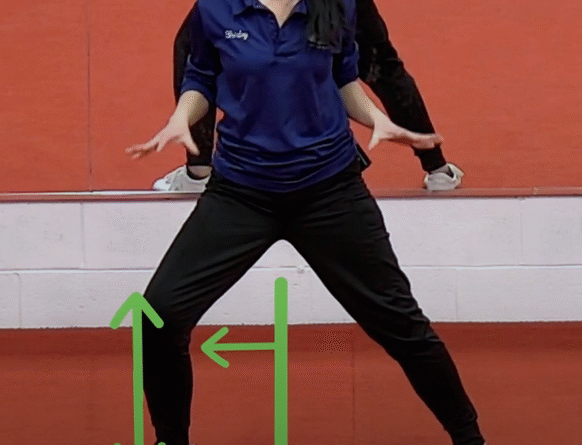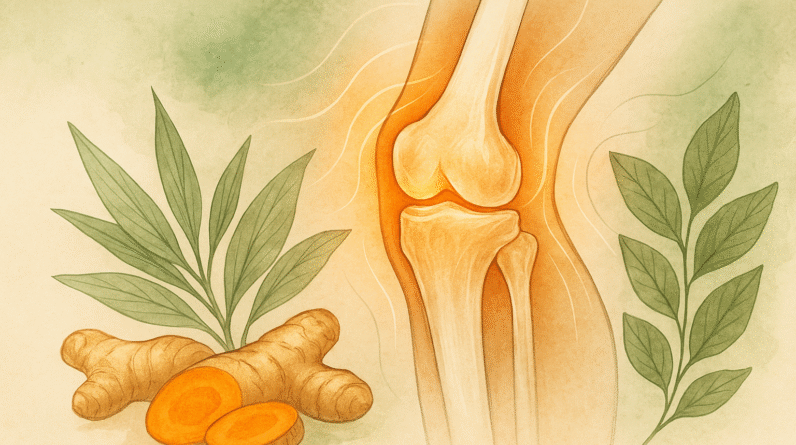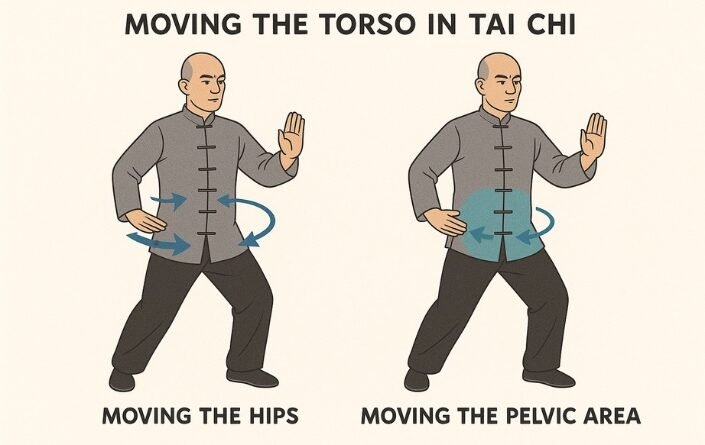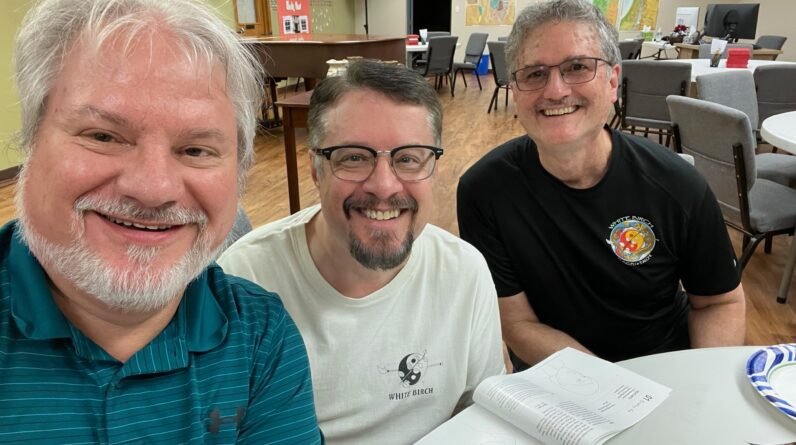
🌉 From Pelvis to Kua: Unlocking a Deeper Layer of Tai Chi Movement
In a recent post, we explored the subtle yet powerful distinction between moving from the hips versus initiating movement from the pelvic area. That foundational insight leads us naturally to the next layer of Tai Chi embodiment — the kua. For reference, I recommend checking out Sifu Shirley Ha Crock’s video:
You might think of the kua as the “gateway between upper and lower body,” but to truly unlock its potential, we need to do more than just identify it. We need to train it, feel it, and move through it.
🧠 What Is the Kua?
The kua is the anatomical and energetic zone where the thigh meets the pelvis — in Western anatomy, the inguinal crease. In Tai Chi and internal martial arts, this area is far more than a joint; it’s a pivot point for power, balance, and internal connection.
When your kua is open, movement flows like a ball rolling in every direction. When it’s collapsed or tight, energy leaks, knees collapse inward, and long-term joint damage becomes a real risk.
⚖️ Signs Your Kua Might Be Closed
- You stand or move with knees collapsed inward
- You feel tension or “dead zones” in your groin area
- Your glutes or core are weak, causing compensations
- You struggle with balance or rising from a seated position without your hands
👉 Self-check: As you stand, are your knees tracking in the direction of your toes? Is your weight properly supported by your legs and core — or are your knees doing too much of the work?
🌬️ Why Opening the Kua Matters
Just like the pelvic-centered movement we explored before, keeping the kua open connects you to your center. It:
- Enhances rotation and flow (think: spiraling or turning)
- Prevents knee injuries from poor alignment
- Strengthens your connection to the ground (rooting)
- Lets you move with fluid grace instead of mechanical effort
Tai Chi classics often describe moving “like a ball” — and the kua is what lets the pelvis act as that rolling center.
🧘♂️ How to Train and Open the Kua
1. Holding the Tai Chi Ball While Moving
- Keep your knees aligned with your toes
- Feel the weight settle through the bent leg
- Let the kua open like a double door
2. Stretching with Awareness
- In deep stretches like Snake Creeps Down, don’t lean forward — stay upright and work within your range
- Feel the kua stretching around the femur like a tight sleeve around a ball
- Always turn to face the direction of the straight leg, and keep weight over the bent leg
3. Glutes and Core Matter
If your glutes are underactive, your kua collapses. If your core is weak, your knees overcompensate. Strong posterior chain and dantian alignment = open kua.
🧭 Final Insight: From Center to Root
If the pelvic bowl is your internal gyroscope, then the kua is its hinge — and every step, shift, and spiral in Tai Chi flows through it.
Start paying attention to this powerful zone and your movements will not only become more fluid — they’ll become alive.
✅ Next Steps
Want to learn more? Stay tuned for our next post, where we explore the Ming Men point and how the lower back contributes to vitality, posture, and Qi flow.
And if you missed our first article in this series, be sure to read:
👉 🌍 Moving the Torso in Tai Chi: Hips vs. Pelvic Area






